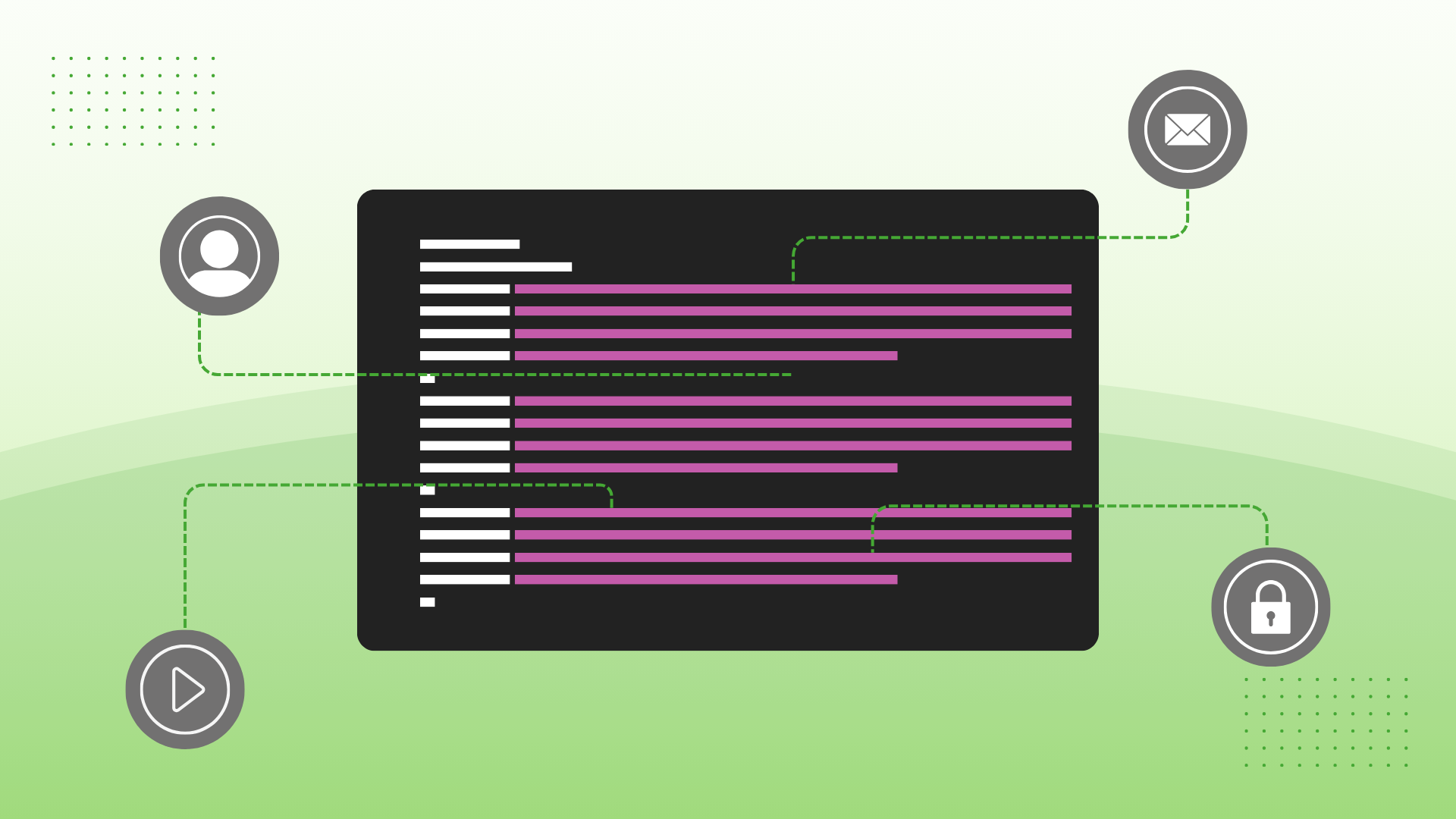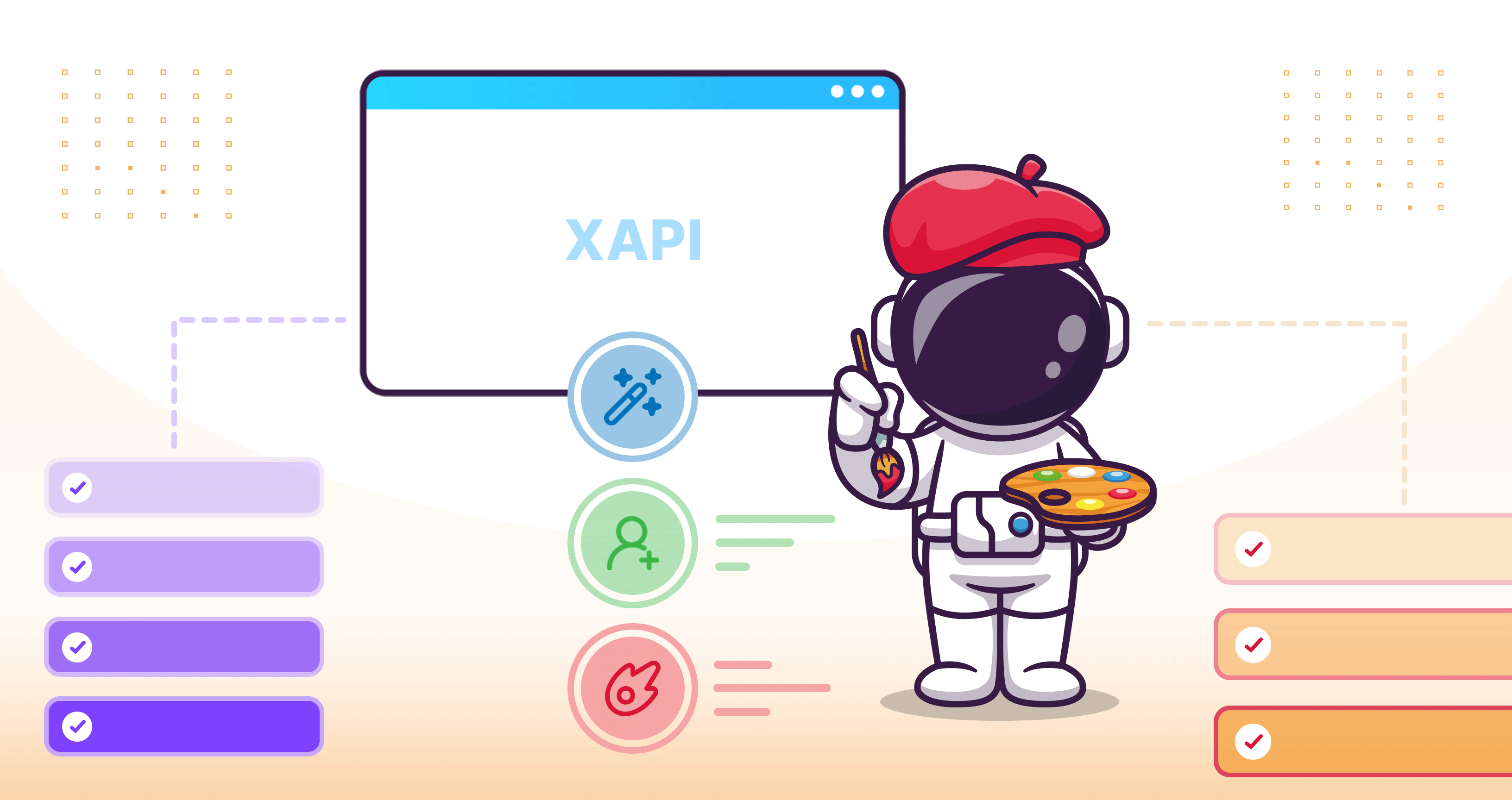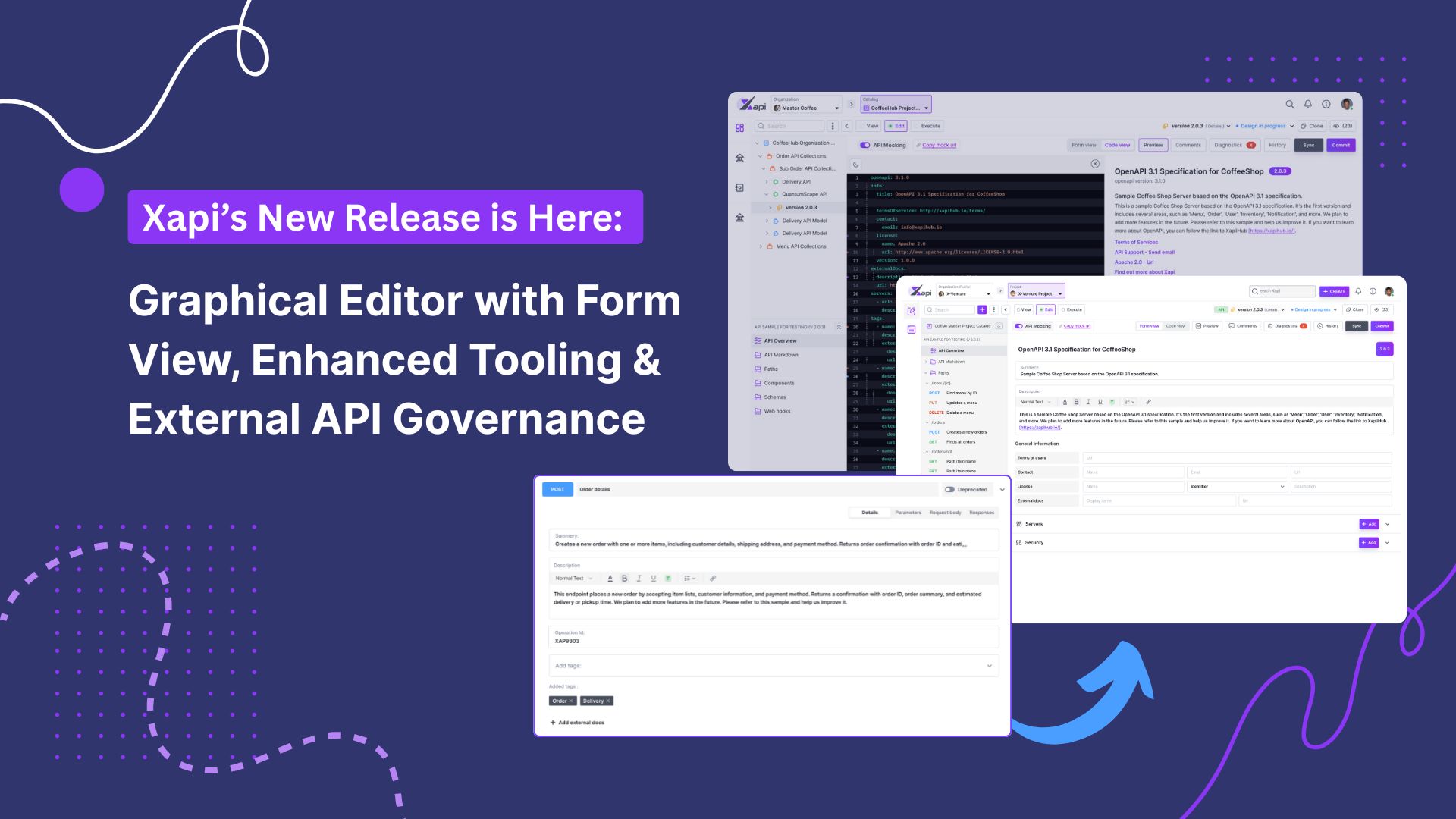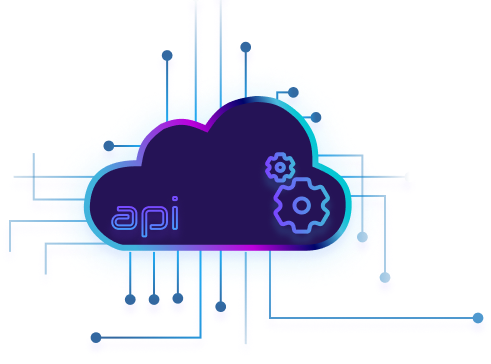Revolutionizing API Design with AI-Driven Solutions

Prabath Ariyarathna
11 June,2023 •
13 mins read
Artificial Intelligence (AI) is a rapidly growing and highly relevant field that has captured the attention of a
broad audience. Its popularity has soared, particularly due to initiatives like OpenAI, which have played a central
role in shaping the conversation around AI. These advancements are bringing about revolutionary changes in various
sectors. From simple tasks like drafting emails to complex processes involved in software development, and even
fostering creative expressions in artwork, the impact of AI is far-reaching and multifaceted. The potential
applications of AI continue to expand, promising exciting developments and transformative possibilities for the
future.
AI offers numerous benefits that can be harnessed to streamline and optimize the API lifecycle. In this particular
discussion, our main focus will be on the API design stage. By leveraging AI techniques, we can enhance the
efficiency and effectiveness of API design processes.
The standard API design lifecycle stage refers to the typical stages or steps involved in designing an API. The
following diagram represents the standard flow of the API design lifecycle. It's important to note that this flow
can vary based on factors such as the size of the organization and the maturity of API design practices, among
others. Let's discuss the typical stages involved in the standard API design lifecycle.
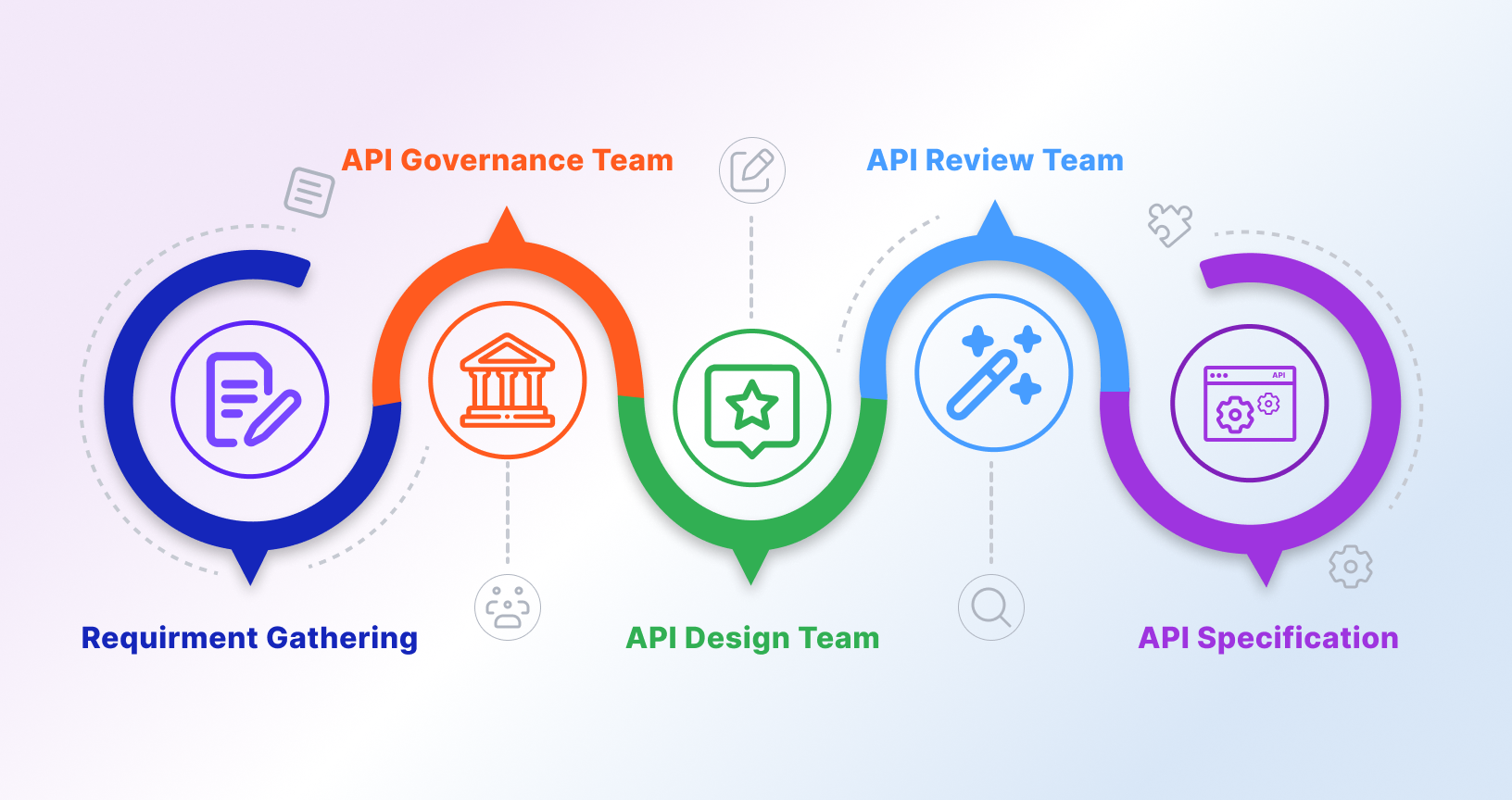
-
Requirement Gathering: In this stage, the focus is on identifying and documenting the specific business
requirements
for the API. This involves understanding the needs of the stakeholders and defining the functionality and scope
of
the API.
-
Governance: Once the requirements are gathered, the governance stage comes into play. Here, decisions are
made on how to proceed with the identified requirements. Factors such as feasibility, resource allocation, and
strategic alignment are considered to determine the best course of action.
-
Design: The design stage is where the API is properly designed based on the gathered requirements and
governance decisions. This includes determining the API's endpoints, data structures, protocols, and
authentication mechanisms, ensuring that it aligns with the identified business needs.
-
API Review: The API review stage acts as a gatekeeping mechanism to maintain consistency and quality.
Here, the designed API undergoes a thorough review process involving architectural, security, and performance
considerations. Feedback is collected, and necessary adjustments are made to ensure adherence to best practices
and standards.
-
API Specification: Finally, the API specification becomes available for use. This comprehensive
documentation outlines the API's endpoints, request/response formats, error handling, and any specific
guidelines for developers. It serves as a reference for those who want to integrate or consume the API, ensuring
clarity and facilitating smooth implementation.
Indeed, each stage of the API design process can present pain points and opportunities for improvement. Artificial
intelligence (AI) can play a significant role in addressing these concerns and enhancing the overall API development
experience. Here's an elaboration of the statement:
API Requirement Management Process.
In the requirement-gathering phase, a significant challenge lies in the clear documentation of
requirements and acceptance criteria to initiate the process effectively. Failing to capture and document this
information accurately can lead to subsequent processes becoming entangled with incorrect or ambiguous details,
resulting in potential issues.
When requirements and acceptance criteria are not clearly articulated and documented, it becomes challenging to
ensure a shared understanding among stakeholders and the design team. This can lead to misinterpretation,
misunderstandings, and ultimately, the delivery of an API that does not align with the intended purpose or meet user
expectations.
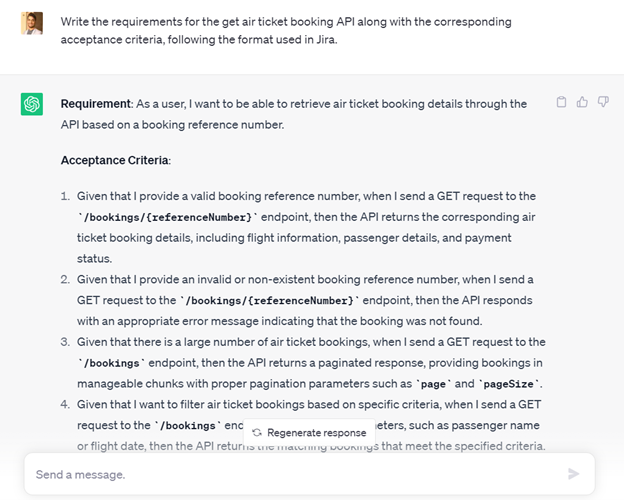
To address these points, general-purpose natural language processing (NLP) tools like ChatGPT or context-specific
trained tools can be utilized at some level. These tools offer valuable capabilities in understanding and processing
natural language, which can aid in various aspects of requirement gathering, documentation, and error handling in
the API requirement process.
API Governance Process.
API governance is an essential part of the API development process. In this specific stage, the governance team
holds the responsibility of making decisions based on business needs and the available APIs. The team determines the
next steps, which could involve creating a brand new API, creating a new version with contract-breaking changes,
modifying an existing API without creating a new version, or utilizing an existing API as it is. To make informed
decisions, the team requires a holistic view of the API program.
However, many organizations face challenges in maintaining API-related discussions and documents. These valuable
resources are often scattered across different locations, making it a cumbersome and time-consuming process to find
the proper details. This scattered information can hinder the decision-making process and slow down progress.
To address the challenge of scattered API-related discussions and documents and enable better decision-making,
organizations should consider implementing a centralized platform such as Xapi. This platform should provide a
holistic view of the API program, allowing the governance team to access and review all relevant information in one
place.
Furthermore, artificial intelligence (AI) can play a valuable role in optimizing this process. By continuously
gathering knowledge from various sources, AI can provide constructive feedback and insights to assist the governance
team. AI can act as an API governance assistant, offering requested information and recommendations to support
decision-making.
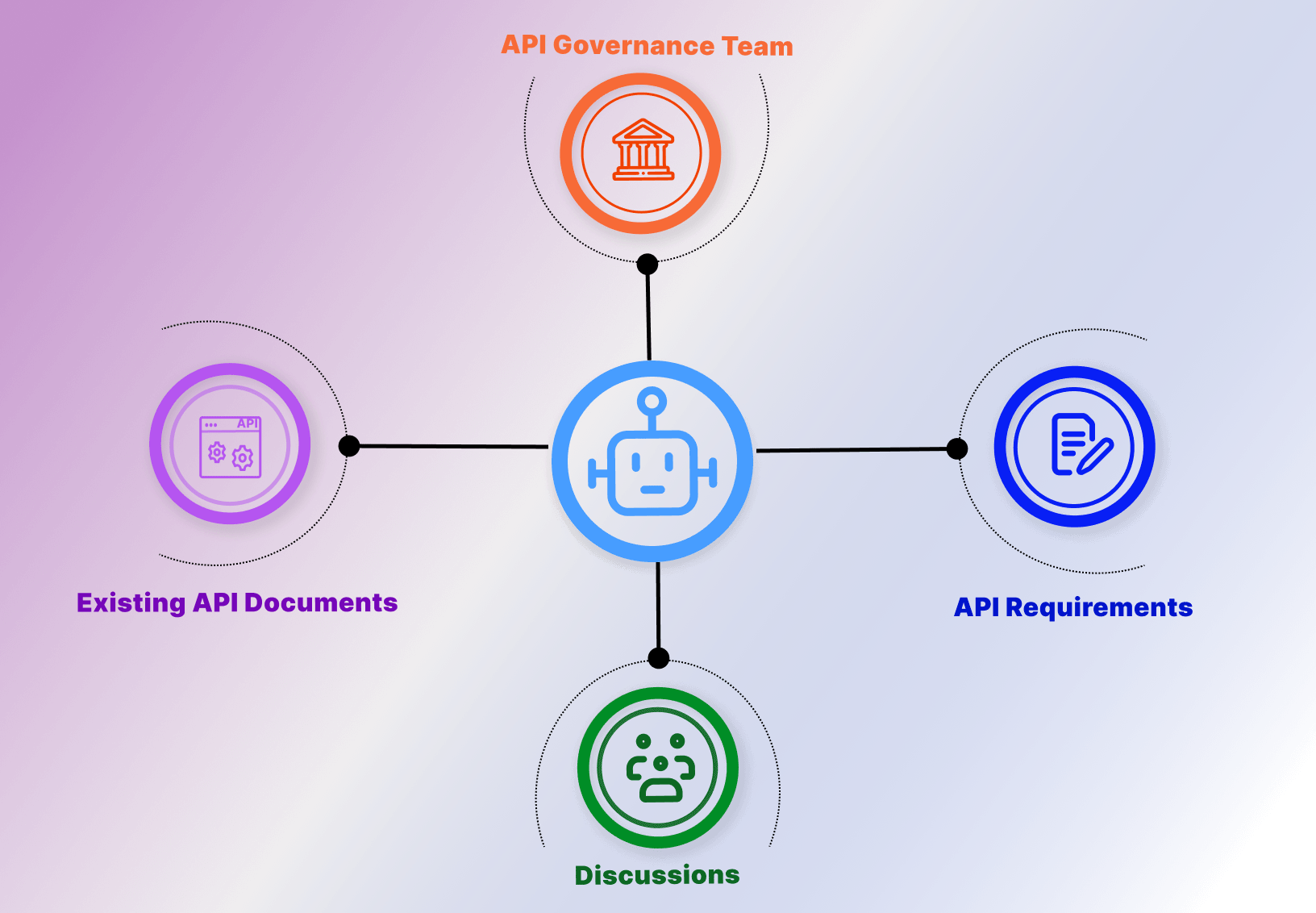
By leveraging AI in API governance, organizations can streamline the decision-making process, save time, and ensure
that decisions are based on a comprehensive understanding of the API landscape. AI can assist in analyzing and
processing vast amounts of data, identifying patterns and trends, and providing valuable insights to guide the
governance team's decisions.
Overall, the combination of a centralized platform and AI assistance in API governance improves efficiency, enhances
knowledge management, and ensures informed decision-making for the API program. It empowers organizations to make
well-informed choices based on a comprehensive understanding of the API landscape and facilitates the successful
implementation of their API strategies.
API Designing Process
In the API design process, there are two major challenges that organizations often face:
-
Better Tooling Support for Quick API Design:
One of the challenges in API design is the requirement for improved tooling support to facilitate quick and
efficient API design. Traditional manual approaches can be time-consuming and prone to errors. To overcome
this
challenge, organizations should consider adopting modern API design tools that offer user-friendly
interfaces,
drag-and-drop functionality, and code generation capabilities. These tools accelerate the design process,
automate
repetitive tasks, and enforce compliance with best practices and industry standards.
In addition, utilizing NLP tools like ChatGPT can further simplify the API documentation process. ChatGPT
and similar
NLP tools have the ability to generate API documentation within seconds, providing a faster and more
streamlined
approach. By leveraging the capabilities of NLP models, organizations can generate accurate and
comprehensive API
documentation, reducing the manual effort required.
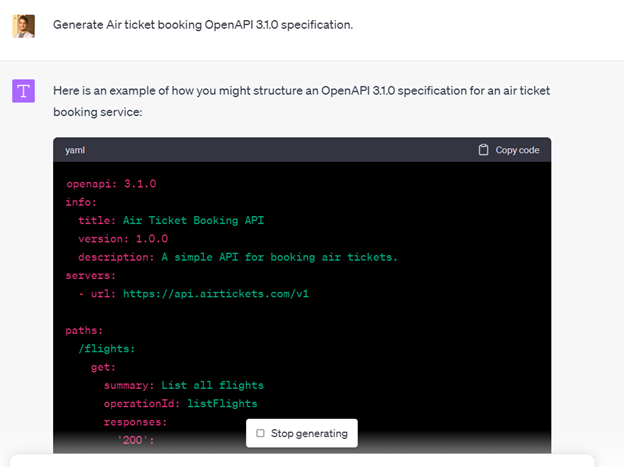
By incorporating modern API design tools and NLP-based documentation generation, organizations can
significantly improve
the efficiency and effectiveness of their API design process. These advancements enable faster iterations,
minimize
errors, and ensure adherence to industry standards, ultimately enhancing the overall quality of the APIs
being developed.
-
Maintaining Consistency Across All APIs:
Another significant challenge is maintaining consistency across all APIs within an organization. As the
number of APIs
grows, ensuring a unified design approach becomes crucial for seamless integration and ease of use. To
address this
challenge, organizations should establish API design guidelines, style guides, and best practices that cover
aspects
such as naming conventions, error handling, versioning, and documentation.
However, traditional style guides often focus solely on the documentation process and may not be integrated
with the design and review process. While modern API design tools may integrate some style guide features
into their platforms, they are often based on fixed rules and have limited capabilities. This can result in
a manual process for ensuring consistency and making it difficult to enforce guidelines effectively.
To overcome these limitations and enhance consistency, AI models can play a valuable role. AI models can
augment existing style guides by suggesting API design guidelines, such as API paths, error codes, and
naming conventions. They can also improve reusability by suggesting common components and ensuring
consistent descriptions across APIs.
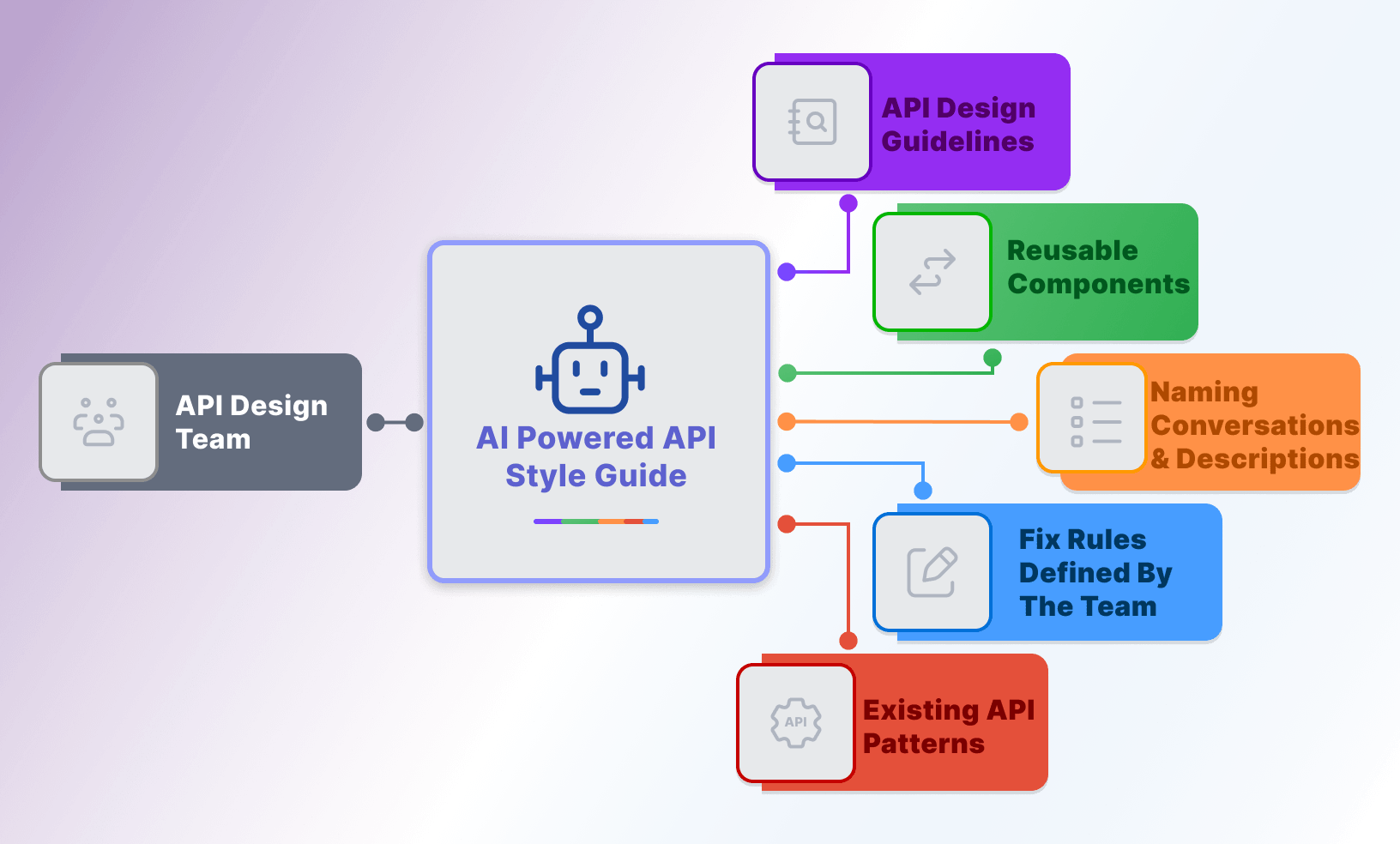
By leveraging AI models, organizations can enhance the capabilities of their style guides and design
processes. AI models can analyze existing APIs, identify patterns, and provide intelligent suggestions based
on best practices and learned knowledge. This streamlines the design and review process, reduces human
error, and promotes consistency across APIs.
Integrating AI into the API design workflow can help organizations establish and maintain a unified and
consistent approach to API design. It enables the automation of certain aspects of design guidelines,
enhances reusability, and ensures that APIs follow standardized practices. Ultimately, AI models contribute
to more efficient and effective API development processes and improve the overall quality of the APIs being
created.
API Review Process
API review plays a crucial role in the gatekeeping process to ensure that APIs meet business requirements, technical
requirements, and consistency. By incorporating better style guide support during the design phase, organizations
can reduce the workload associated with API reviews. The same capabilities discussed in the API design process, such
as AI models, can be utilized to identify issues during the review process.
During API design, adherence to established style guidelines and best practices is important. By following these
guidelines, developers can ensure consistency and alignment with organizational standards. This proactive approach
helps minimize the number of issues that arise during the review phase.
Incorporating AI models into the API review process can further enhance its effectiveness. AI models can analyze API
designs, documentation, and implementation details to identify potential issues or deviations from established
guidelines. They can provide suggestions for improvement, identify inconsistencies, and highlight potential risks or
conflicts. This automated analysis helps streamline the review process and ensures that APIs are thoroughly
evaluated for compliance with requirements and standards.
By leveraging AI capabilities, organizations can benefit from intelligent insights and recommendations during the
API review process. This reduces the manual effort required for comprehensive reviews and increases the overall
efficiency of the gatekeeping process. It also helps maintain consistency and ensures that APIs align with both
business and technical requirements.
Summary
AI-driven solutions are revolutionizing API design by providing better tooling support, ensuring consistency,
enhancing documentation, streamlining the review process, and enabling informed decision-making. With AI
capabilities, organizations can design APIs more efficiently, maintain consistency through automated suggestions,
and identify issues and deviations during the review process. This revolution in API design empowers organizations
to deliver high-quality APIs that meet business requirements and industry standards.

Prabath Ariyarathna
Prabath Ariyarathna is the Co-founder and Chief Product Officer at X-venture.



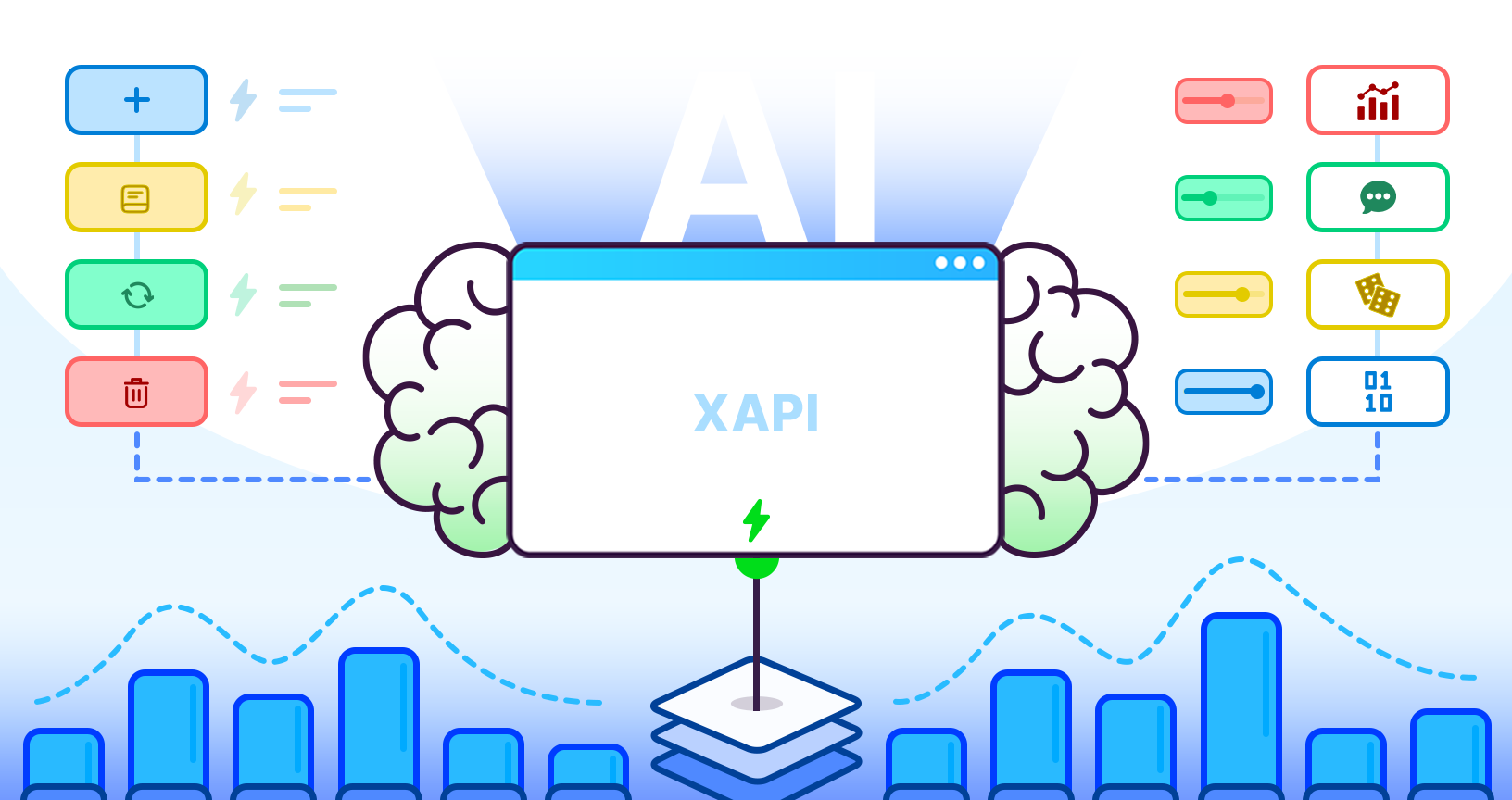






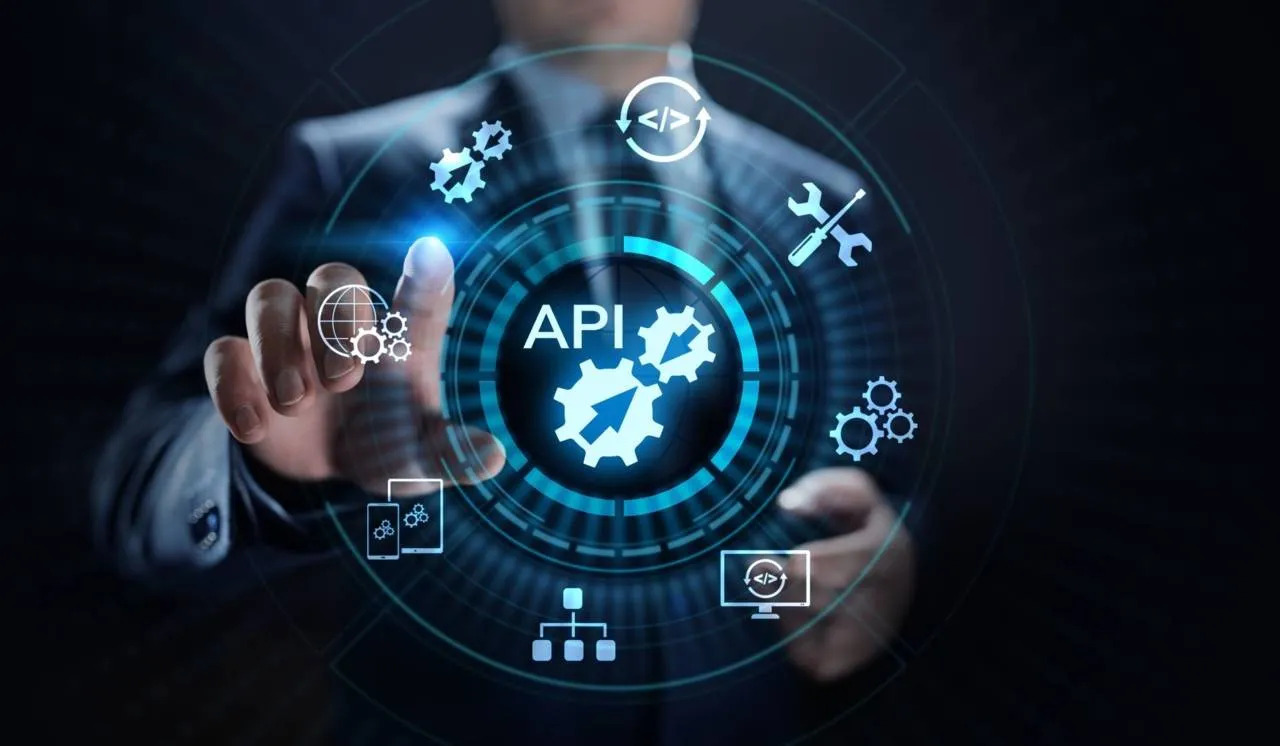

.jpg)
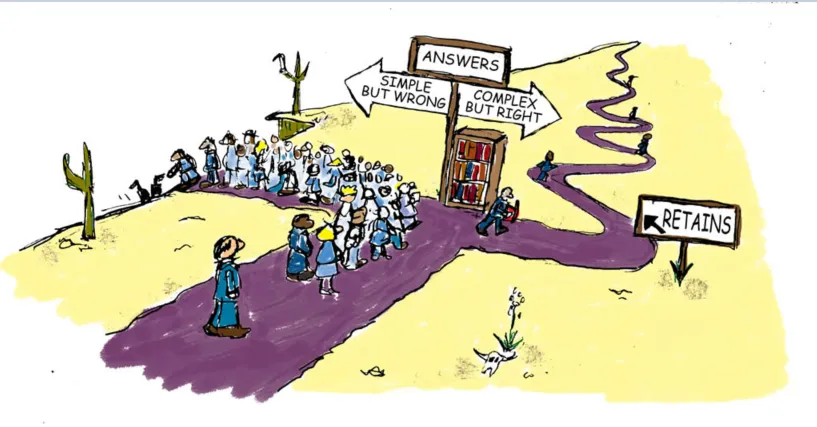
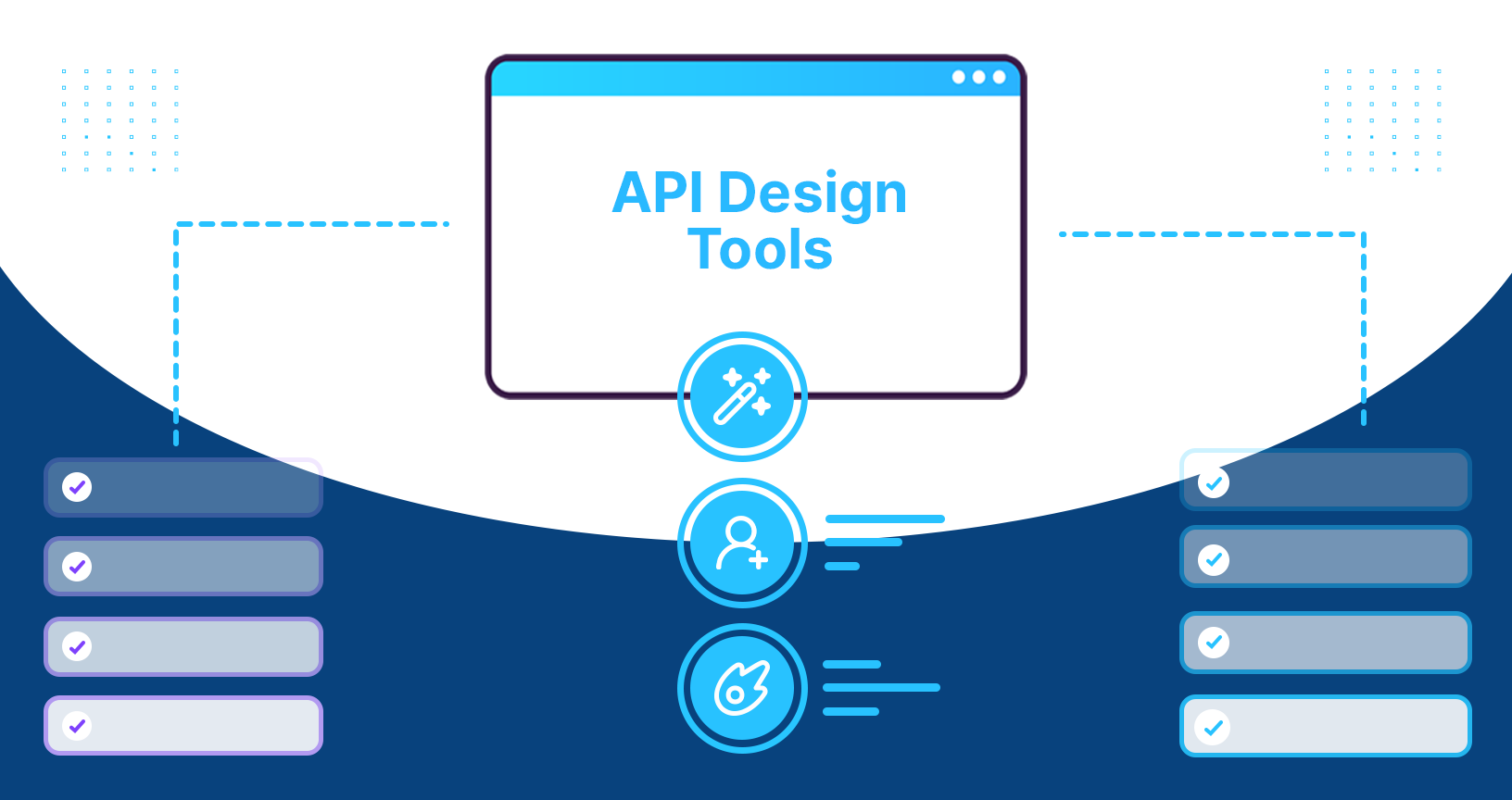

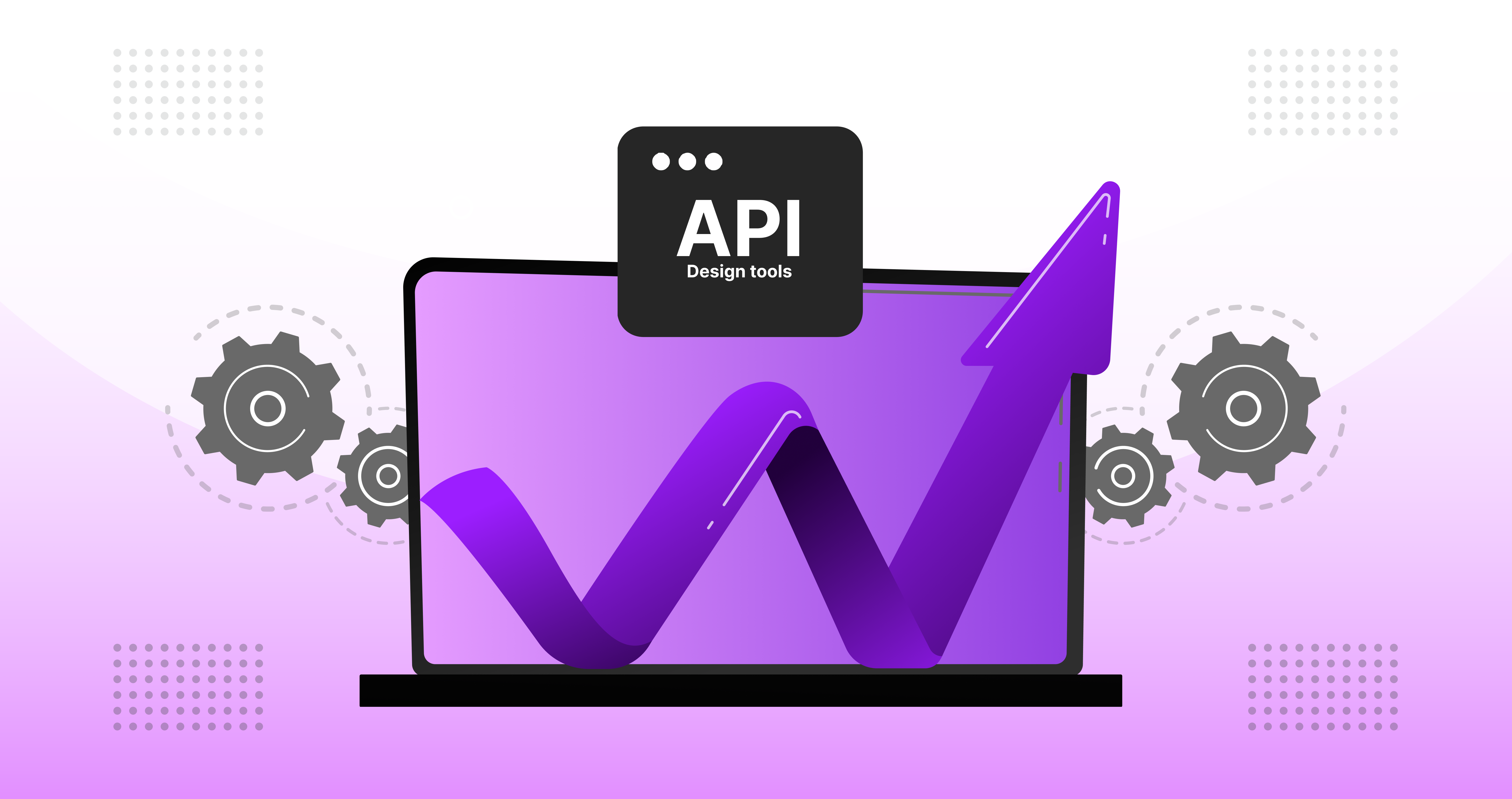



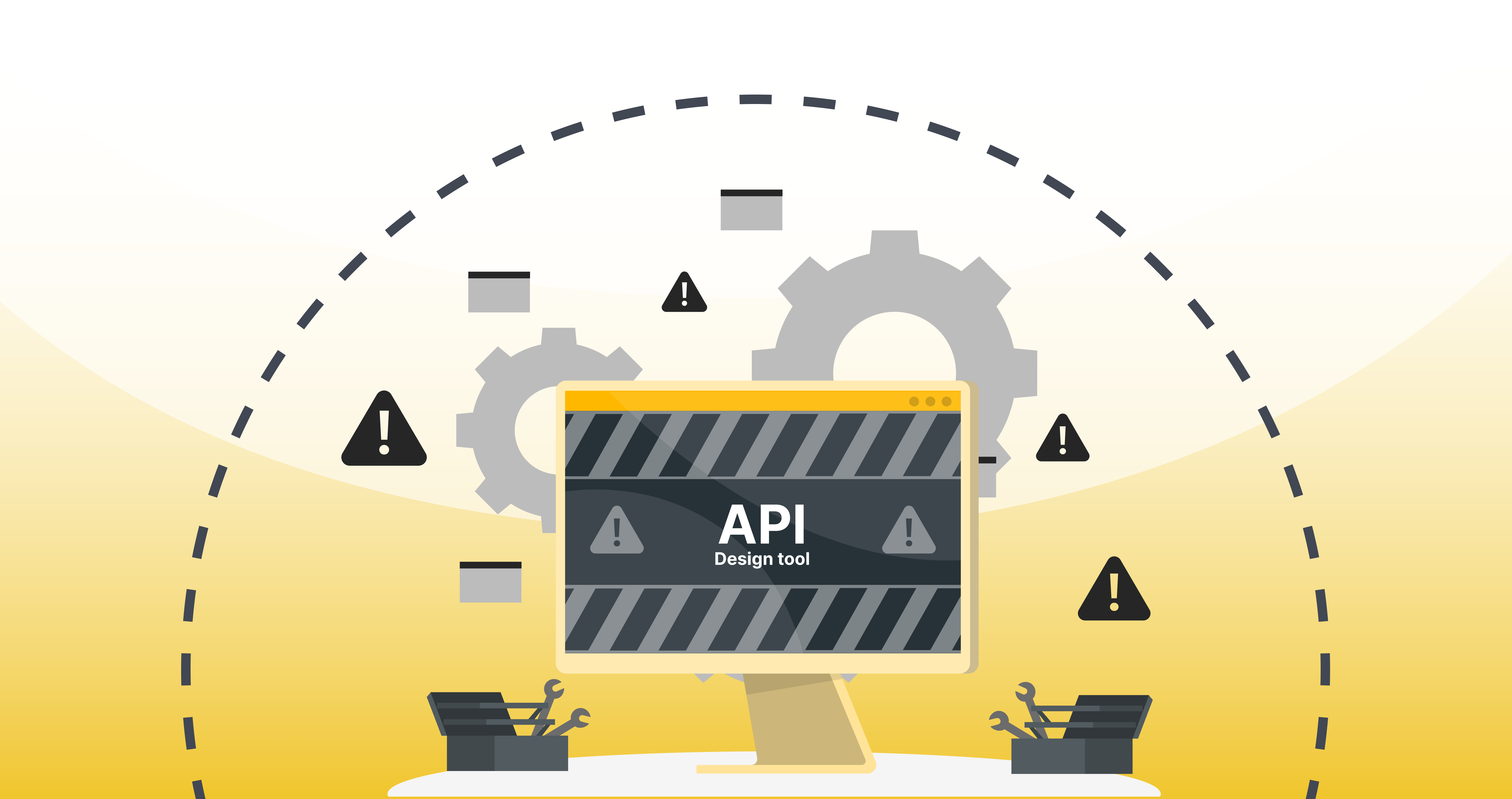

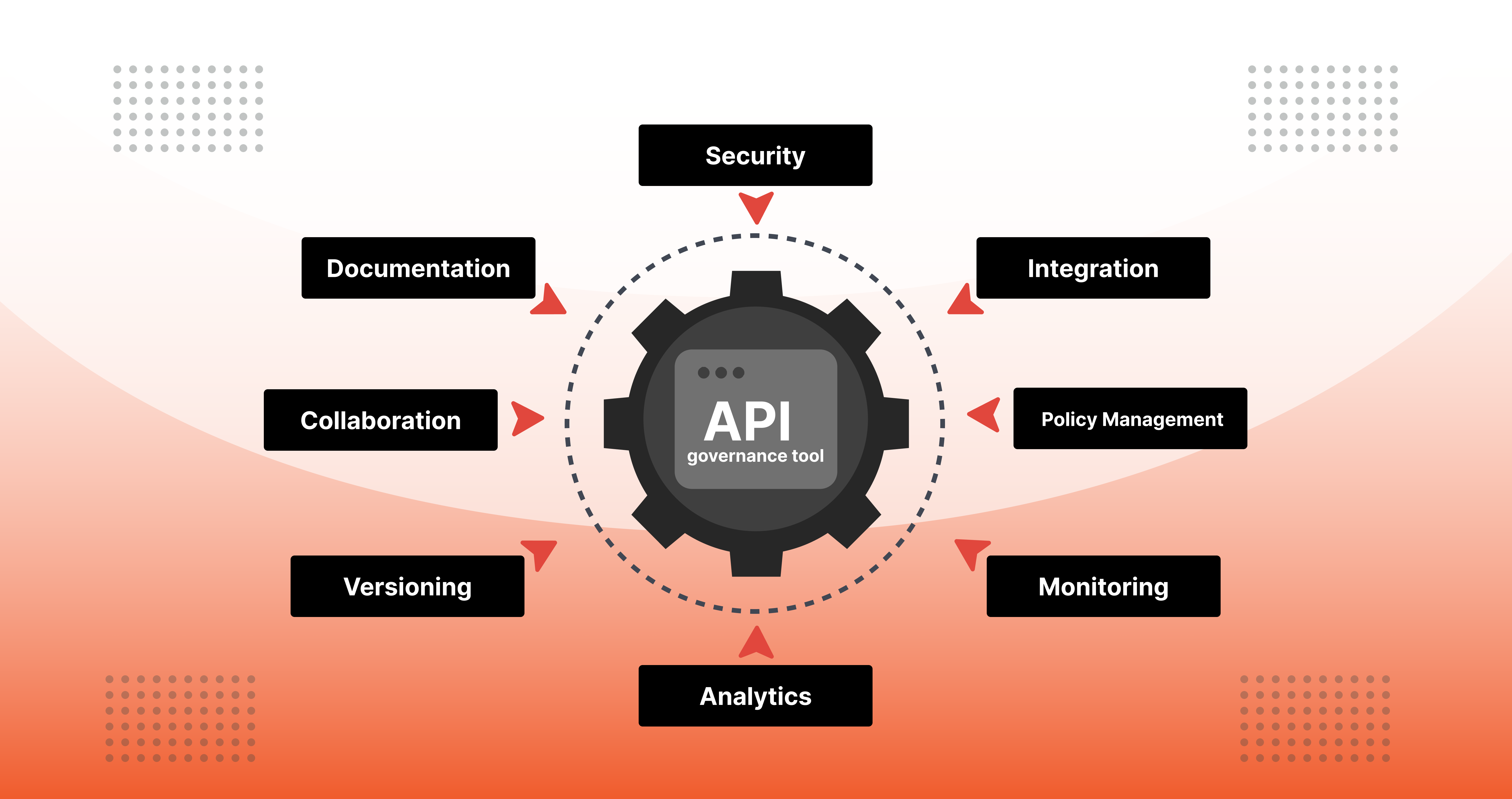

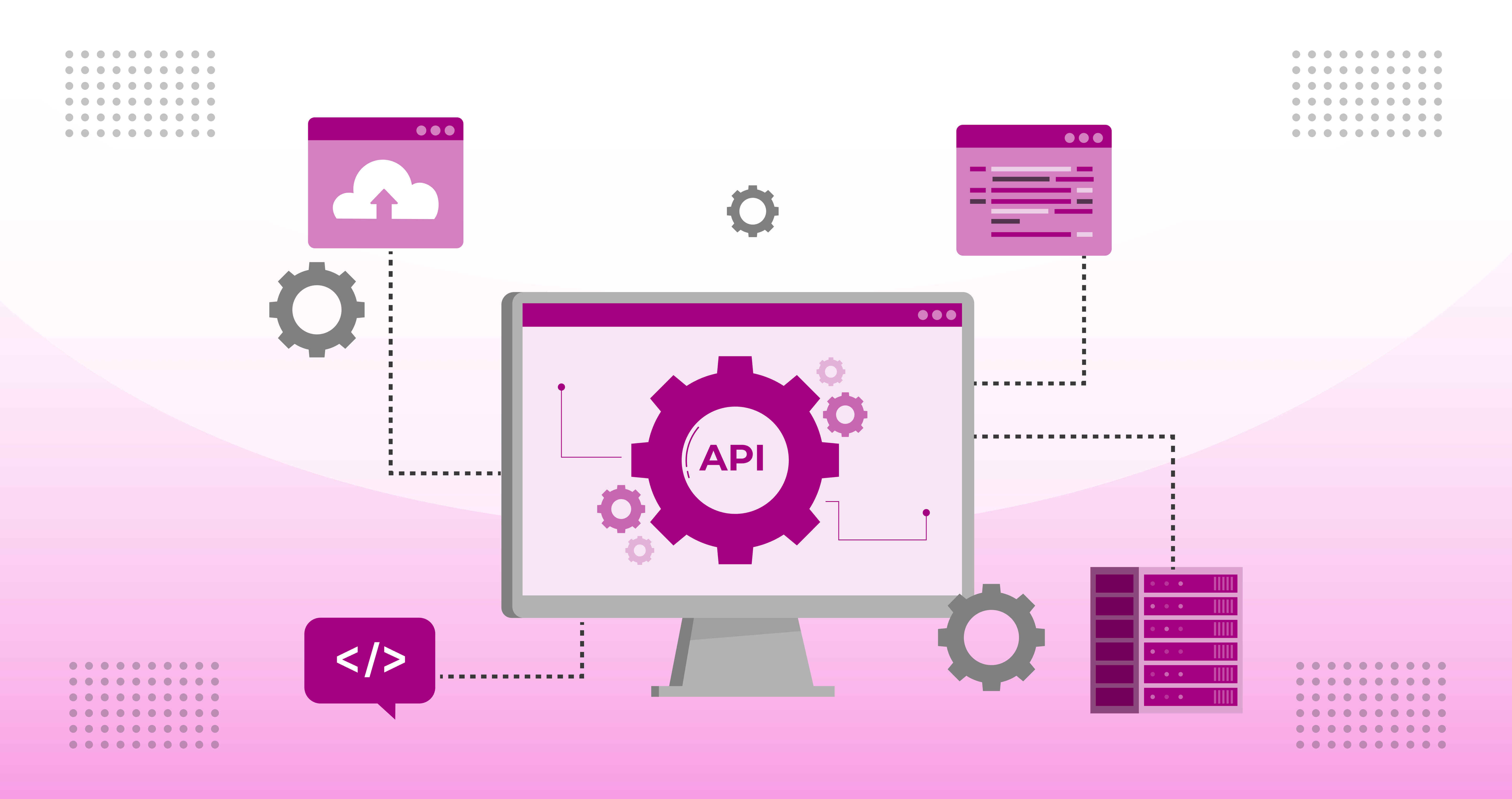

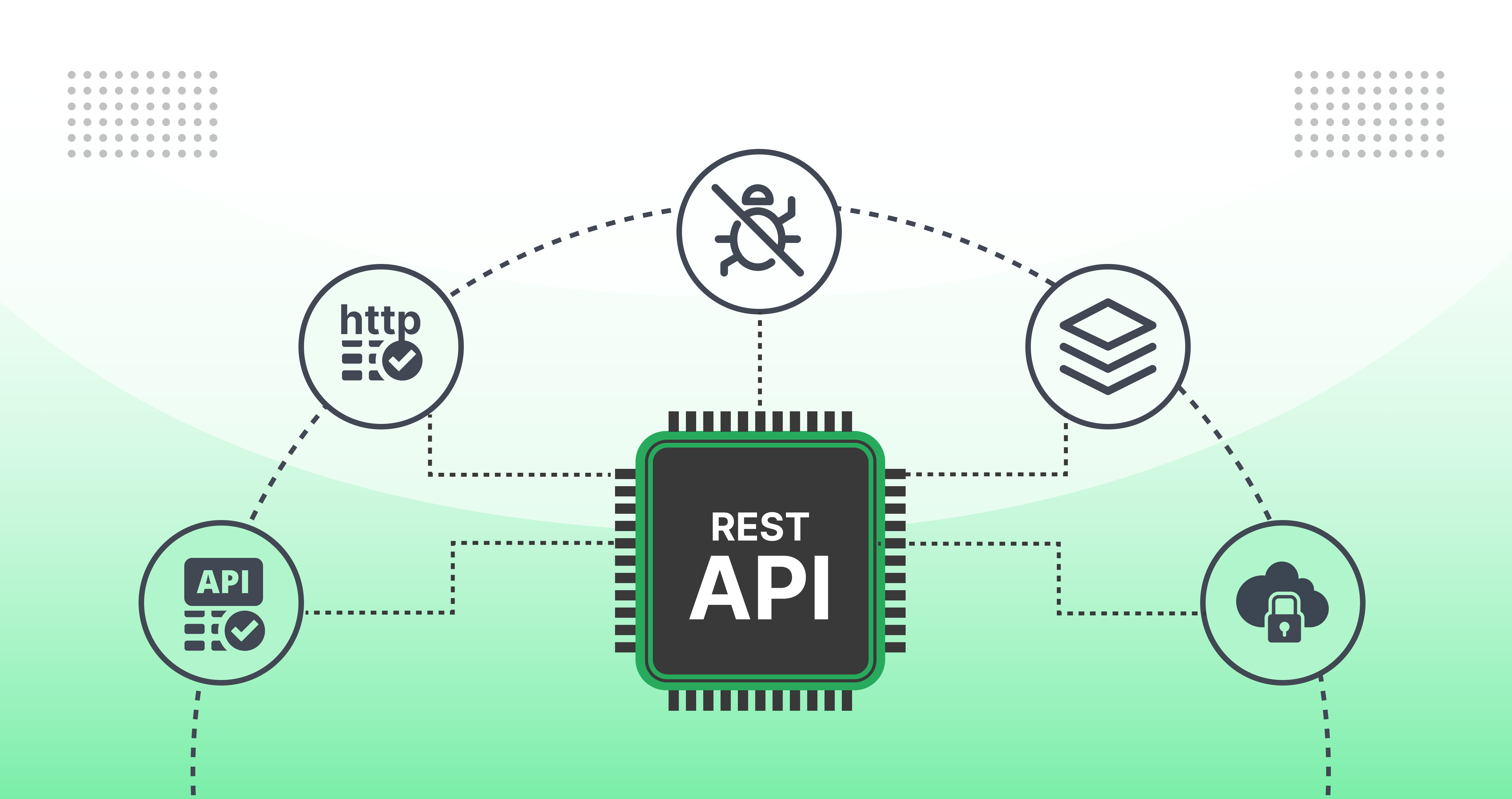

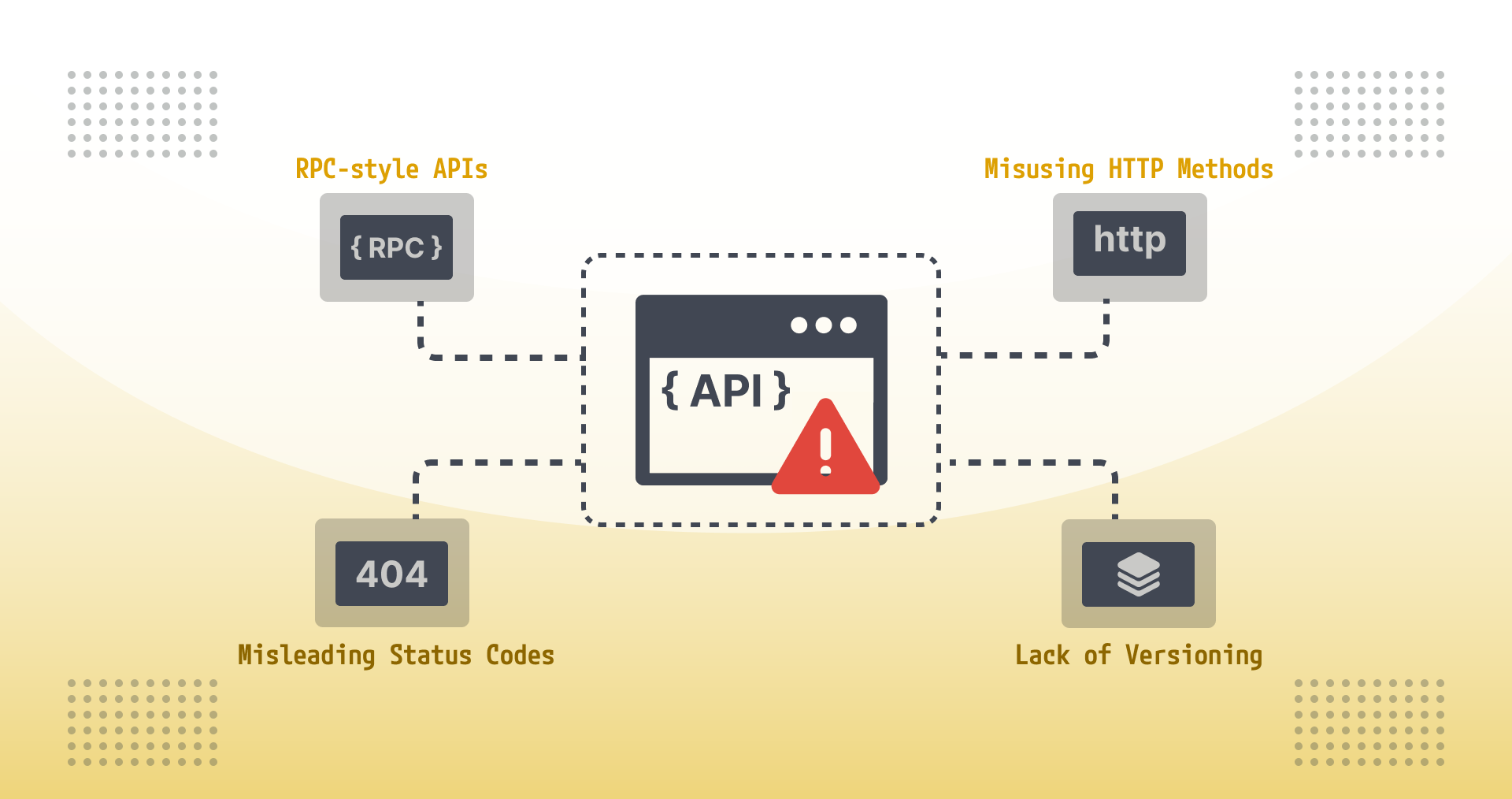

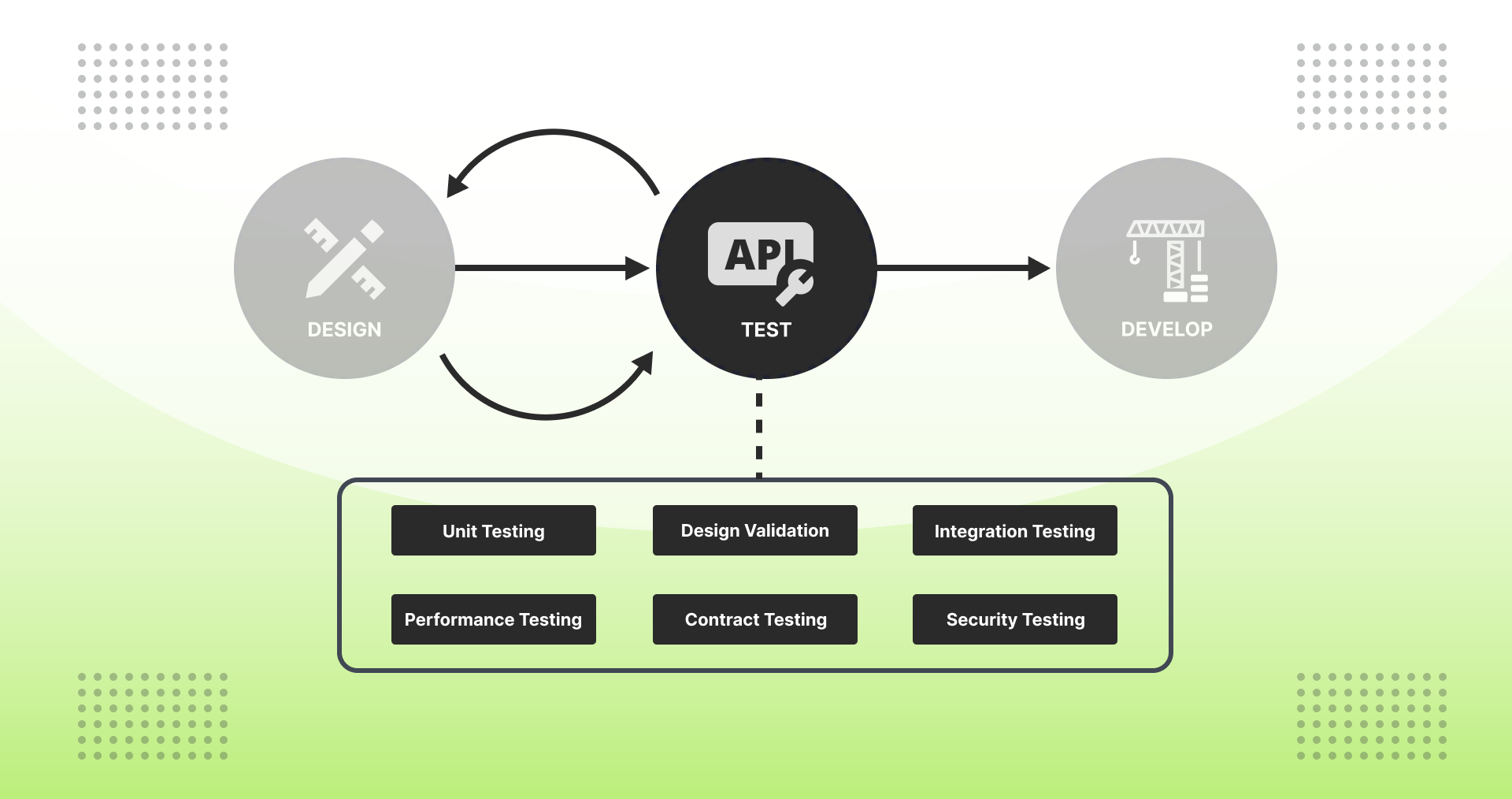



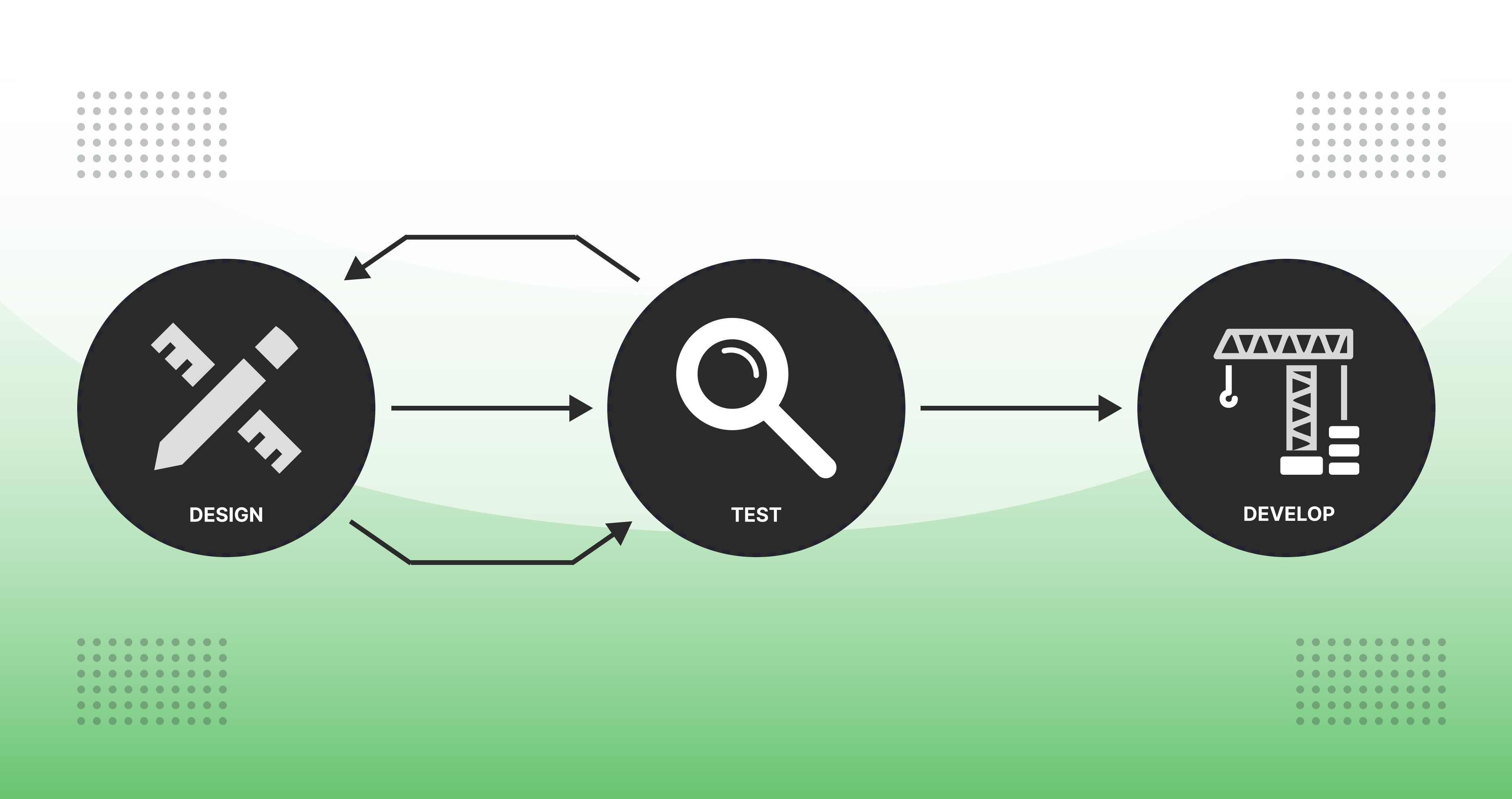

.jpg)
